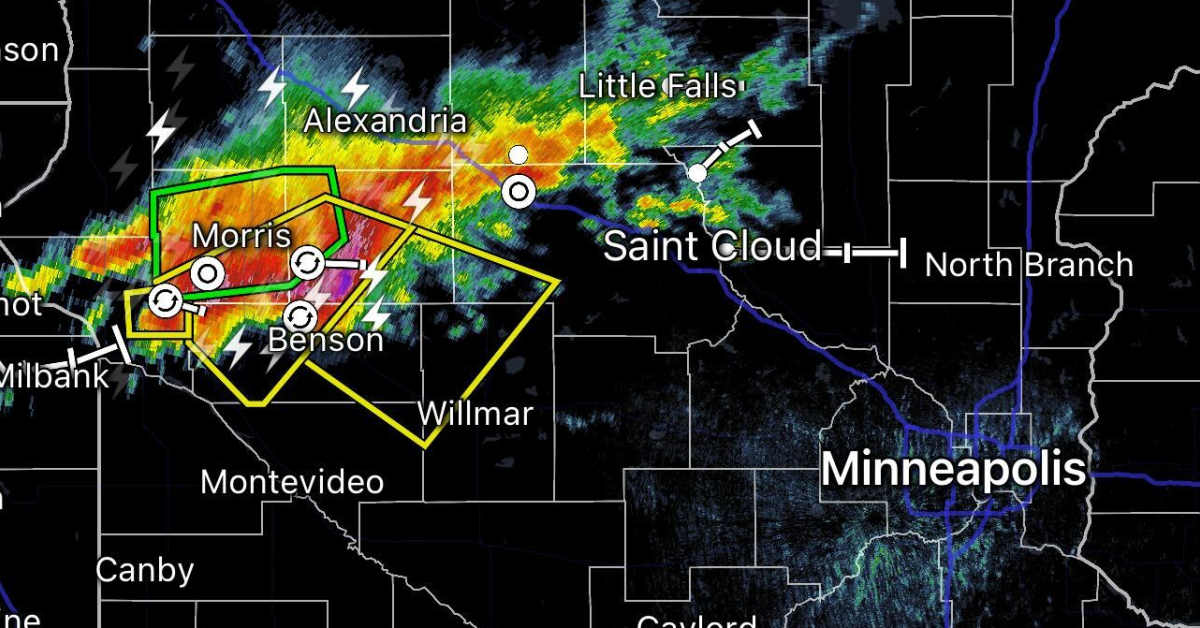New York City Struggles with Heavy Rain and Thunderstorms

Introduction
New York City is no stranger to chaotic rush-hour traffic, but heavy rain and thunderstorms added a new level of disruption on Thursday. The city's transit system was thrown into disarray and roads were inundated with water, making the commute home a nightmare for many workers.
Key Details
The storm brought torrential rain and strong winds, causing flash floods and power outages across the city. In some areas, rain fell at a rate of over an inch per hour, overwhelming drainage systems and leaving streets and subways submerged. The National Weather Service issued a flash flood warning for the area, urging residents to stay off the roads and avoid flooded areas.
Impact
The rush-hour chaos caused by the heavy rain and thunderstorms serves as a stark reminder of the city's vulnerability to extreme weather events. With climate change bringing more frequent and intense storms, New York City is facing a growing threat of rush-hour floods. This not only disrupts the daily lives of its residents, but also has significant economic impacts, including lost productivity and damage to infrastructure.
About the Organizations Mentioned
National Weather Service
The **National Weather Service (NWS)** is a U.S. federal agency under the National Oceanic and Atmospheric Administration (NOAA) dedicated to providing weather, hydrologic, and climate forecasts and warnings across the United States, its territories, and adjacent waters. Its primary mission is to protect life and property and enhance the national economy by delivering timely, accurate, and science-based environmental predictions[1][2][5][6]. Founded in the late 1800s, the NWS has evolved into a comprehensive weather monitoring and forecasting organization. It operates through a nationwide infrastructure comprising 122 Weather Forecast Offices (WFOs), 13 River Forecast Centers (RFCs), and 9 specialized national centers including the National Hurricane Center, Storm Prediction Center, and Space Weather Prediction Center, among others[1][3][4]. These centers utilize advanced technology such as Doppler radars (WSR-88D), satellite data, automated surface observing systems, and sophisticated computer models to gather and analyze atmospheric data continuously[7]. Key achievements of the NWS include the development of impact-based decision support services that aid emergency management, aviation, marine operations, and the general public in preparing for hazardous weather events. The agency issues around 1.5 million forecasts and 50,000 warnings annually, significantly contributing to disaster preparedness and response efforts[4][6]. The 2011 Strategic Plan emphasizes building a “Weather-Ready Nation” by leveraging advancements in science and technology to anticipate future service needs and improve societal resilience to weather-related threats[4]. Currently, the NWS employs about 4,800 staff members and operates with a budget nearing $930 million. Its organizational structure includes a Chief Information Officer, Chief Financial Officer, and multiple operational and scientific divisions that ensure continuous innovation and service improvement. The agency’s commitment to integrating hydrologic and climate data with weather forecasting positions it as a critical player in environmental intelligence, supporting both governmental and private sectors[2][3][5









